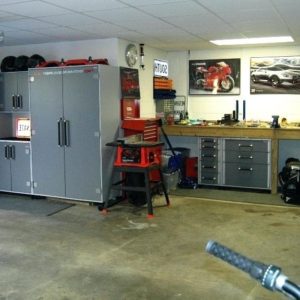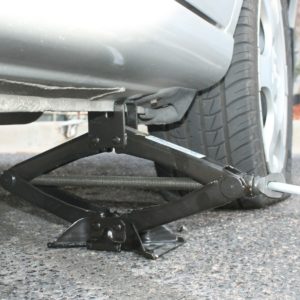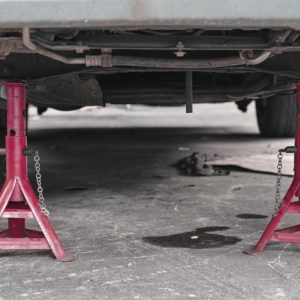Step by Step Guide on How to Do an Engine Replacement
 Whether you are modifying your existing vehicle or whether you have sustained engine damage and need a new engine, it is important to ensure that your engine replacement is carried out properly in order to avoid issues and hazards. Once you have found the replacement engine that is right for your vehicle, the next step is to get it fitted.
Whether you are modifying your existing vehicle or whether you have sustained engine damage and need a new engine, it is important to ensure that your engine replacement is carried out properly in order to avoid issues and hazards. Once you have found the replacement engine that is right for your vehicle, the next step is to get it fitted.
Most people hire a certified mechanic to carry out the engine replacement, which is always recommended if you have little or no experience with the vehicle. However, it is always useful to know how to do the replacement in case you need to do it yourself.
What you need to do when carrying out an engine swap
When it comes to engine replacement, there are two main tasks that you need to focus on. The first is to get the old engine removed from your vehicle and the second is to fit the replacement one. So, let’s take a look at the first stage of removing the old engine:
When removing the old engine, park the vehicle on a flat surface in an area that is well lit. Make sure you put wheel chocks behind the wheels to stop the vehicle from rolling. Remove the hood hinges and bolts so that you can take the hood off. You can then start disconnecting and labeling the electrical wiring connections to the engine. Also, disconnect the battery and remove it.
You then need to disconnect all hoses that connect to the radiator. You should drain the radiator and the engine block of any fluid. Also, remove the oil pan/plug and drain the oil from the engine. You can then replace the pan/plug. Then, you need to remove the radiator cover, the radiator, and the fan so that they do not sustain damage when you remove the engine. You can then use an engine hoist to place over the engine. Disconnect it from the drive train and exhaust system. Then use the hoist to ease the engine out.
Putting in the new engine
- When putting in the new engine after removing the old one, you need to:
- Use the engine hoist to position the new engine over the engine compartment
- Lower it into place carefully
- Attach to the drive train and attach the mount bolts and exhaust manifolds
- Remove the hoist from the engine
- Reconnect the various hoses and wiring connections that you disconnected from the old engine
- Replace the radiator, fan, and cover
- Add new water, oil, and air filters. Also, install spark plugs and plug wires if they are not already installed
- Replace all fluids that were removed earlier
- Reconnect the battery
Once you have done this, you can prime the engine and start the vehicle. While the process may sound quite simple, it can be complicated if you have no experience in working with cars. As a result, even if you plan to do this yourself, it is well worth getting someone you know who is familiar with cars to work with you.
- Floor Jack Storage Ideas and Tips - November 19, 2019
- Tips for Using a Car Jack - November 12, 2019
- How Often Should You Wash Your Car in the Winter? - November 5, 2019



Leave a Reply